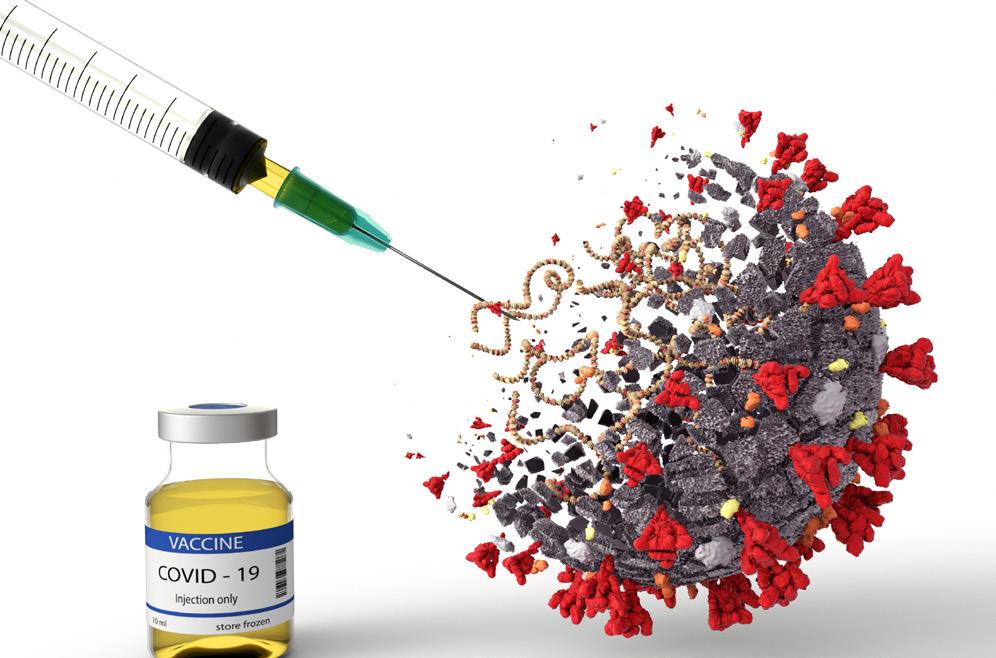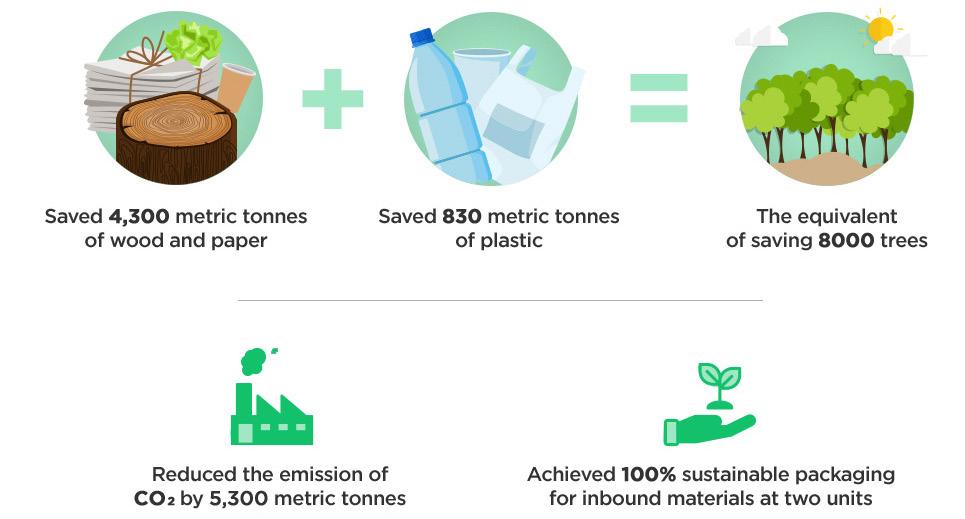
2 minute read
INFOGRAPHICS
An effective Manufacturing Analytics program design needs to extend beyond the factory floor. Afterall, one of the key obstacles Supply Chains face is siloed planning and optimization, presents Kumar Singh, leading global supply chain consultant.
Advertisement
Kumar Singh is a Research Director with SAPinsider, a technology research company focused on SAP ecosystem. Prior to that, he founded Smart Supply Chain LLC and was an analytics consultant with Boston Consulting Group (BCG). Kumar has been working in Supply Chain analytics domain for 12+ years now and has helped companies across industries leverage analytics to transform their supply chains.
A fundamental first step to understand how analytics need to extend beyond the factory floors is to understand the hierarchy of Manufacturing & pertaining systems. Once you develop that understanding, you can combine that with the understanding of analytics requirement for each level of hierarchy, and then develop the Analytics system that integrates analytics across all hierarchies. While there is no defined methodology out there to think about this Analytics integration, you can use this categorization and Analytics examples slide to structure your Manufacturing Analytics program accordingly.
/kumarssingh /kumarssingh
Manufacturing systems hierarchy and associated analytics opportunities Manufacturing systems hierarchy and associated analytics opportunities
System Description System Description
Lowest level in automation hierarchy includes actuators, sensors, and other hardware components (together these devices constitute the machine level). These devices are combined into the individual control loops of the machine (ex: control of one joint on an industrial robot).
Analytics Opportunities Analytics Opportunities
- Operating parameters analysis - Parameters optimization - Quality Analytics Machine level is essentially an assembly of device level hardware. Examples are industrial robots, powered conveyors and AGVs. Control functions at this level include performing sequence of steps in the program of instructions in the correct order and making sure that each step is properly executed.
- OEE - RUL - Reliability - Preventive & predictive maintenance Cell level is a grouping of machines or workstations connected and supported by material handling systems, computer and other equipment appropriate to the manufacturing process. Production lines, part dispatching etc. are examples of cell or system level.
- System capacity utilization and rate - System flow optimization - Labor optimization This is the factory level system. It receives data from enterprise level systems and converts them into production plans. Likely function of system at this level are order processing, process planning, inventory control, MRP, shop floor and quality control.
- Demand driven manufacturing - Plant flow optimization - Capacity utilization - Rate optimization - Plant labor optimization This highest level This highest level consists of corporate This highest level consists of corporate information systems. It consists of corporate information systems. It is primarily focused on functions necessary to manage the business, like marketing and sales, design, research, accounting, aggregate planning, MPS etc. information systems. It is primarily focused on functions necessary to manage the business, like marketing and sales, design, research, accounting, aggregate is primarily focused on functions necessary to manage the business, like marketing and sales, design, research, accounting, aggregate planning, MPS etc.
planning, MPS etc.
- Capacity optimization - S&OP Analytics






